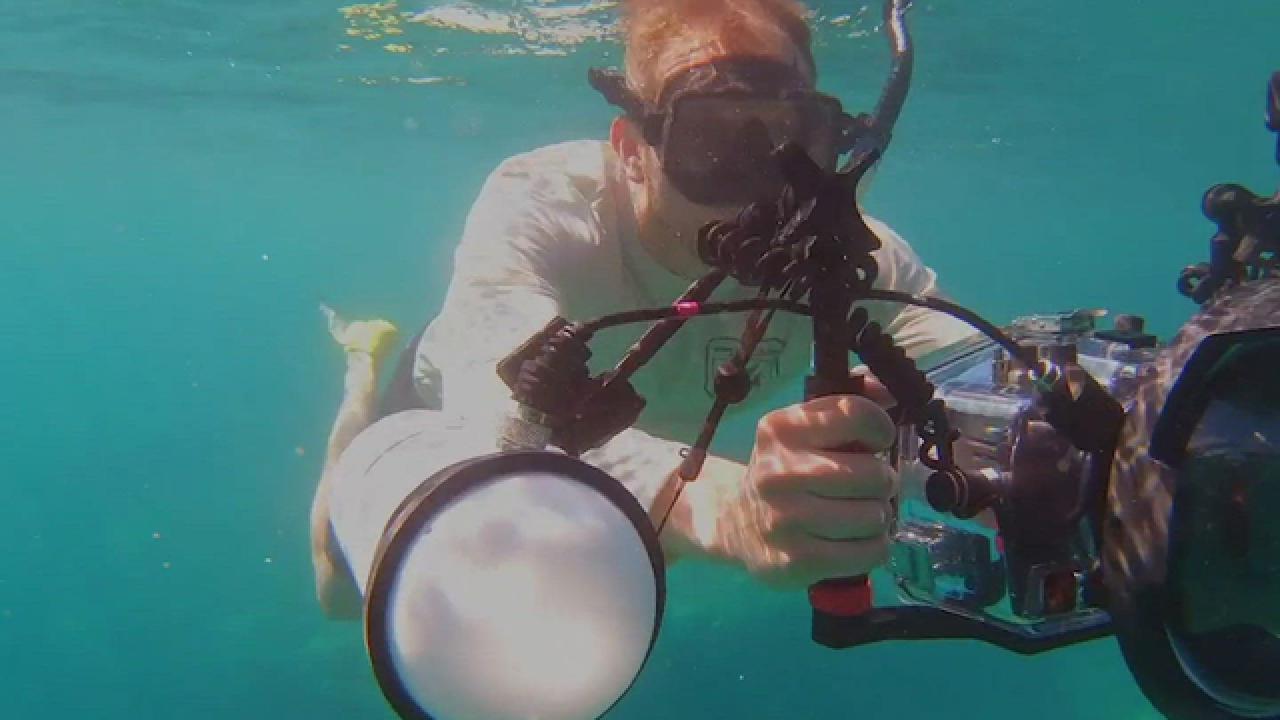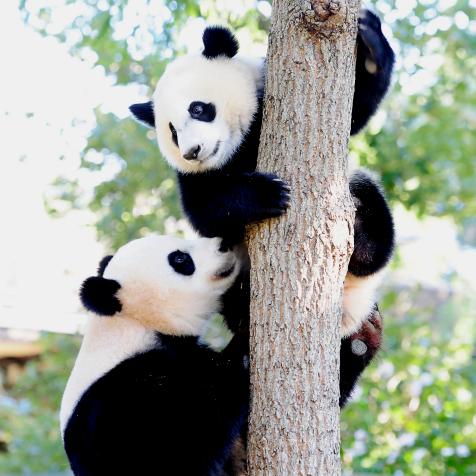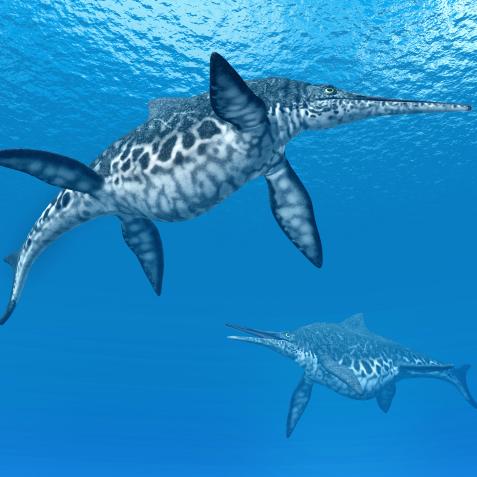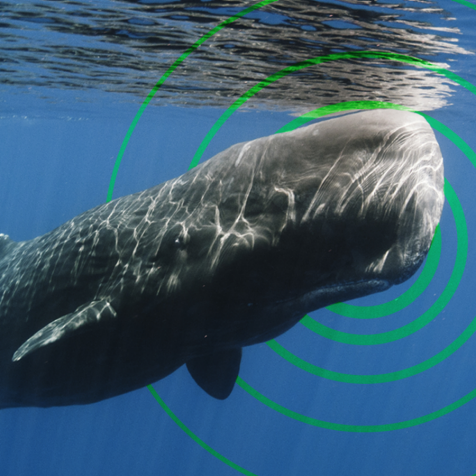
Ian Shive
Through the Eyes of Nature: What Animals Can See That We Can't

When scientists began looking closely at a moth’s eye they discovered a nanostructure on the surface of their eyes, which were named the corneal nipple-array. Those tiny little structures essentially assisted the moth in gathering light from the surrounding world it flies through.
Recognizing this, scientists began to develop a synthetic coating that could go on glass and lenses - much like my camera lens - that would further enhance the camera’s ability to gather light, thus making it easier to do my job! Though there are almost infinite possibilities with this, from observing galaxies far away, to improving the daily lives of individuals such as myself, the very premise of this begs the question: What else in nature might we learn that can improve our lives?

Without getting too philosophical about we are nature, and nature is us, the simple fact is we live in a world we barely understand. Every day new mysteries are revealed, new discoveries impact our technology, medicine, and entertainment, often all of it is inspired by nature. As a photographer, my job is to capture light, and it’s fascinating to me that there is an entire, hidden world around us that operates in an unseen spectrum of light.

Ian Shive
All of us humans see in RGB (red, green, and blue), but some animals have a superpower! Many birds, for instance, have been discovered to see in the ultraviolet spectrum, which is beyond the ability for us to see. We either need to use a blacklight, which is essentially a consumer-grade UV light also referred to as UV-A, or highly specialized equipment and filters to see the other ultraviolet bands, UV-B and UV-C. This is all super technical, but the gist of it is that this hidden world birds see, when better understood through this invisible light imaging, could have practical applications to improve our technology, medicine, or who knows what!
What We Can Learn From the Eyes of Nature 10 Photos
Without getting too philosophical about we are nature, and nature is us, the simple fact is we live in a world we barely understand. See what the Santa Barbara Museum of Natural History is doing to let us learn more about what animal see that humans cannot.
Our experiment at the incredible Santa Barbara Museum of Natural History was the first step in revealing this world and better understanding it. My job is to document the process and share this story with the world, because in doing so, we make a great argument for nature conservation, in that if we lose these species and lose the natural world… There maybe a whole lot more we are losing that we never even knew was there until it is gone forever.
No animals were harmed in the making of this video. All animals are part of the Santa Barbara Museum of Natural History's collection and come from zoos, private collections and rehabilitation centers.



















